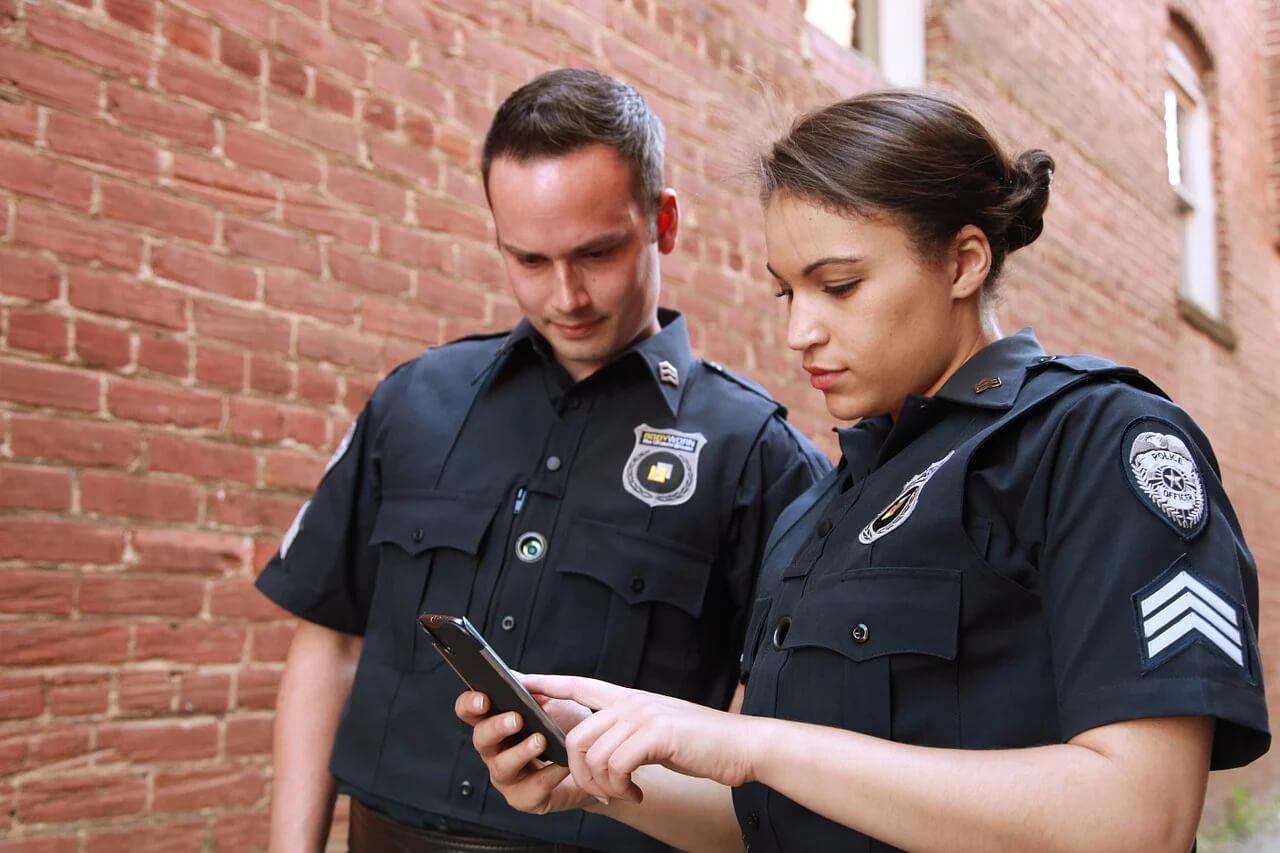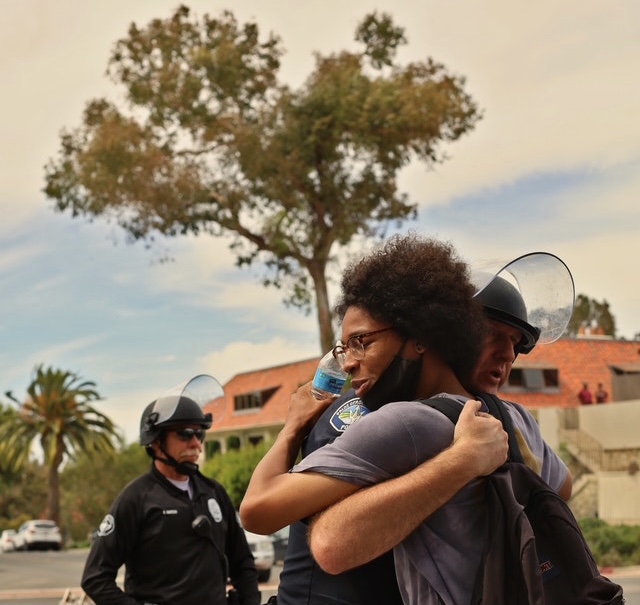As law enforcement leaders, we often believe we have a strong pulse on the communities we serve. But in truth, many departments lack concrete data on resident satisfaction, priorities and concerns beyond anecdotal impressions or assumptions. Community surveys represent a powerful tool to directly engage citizens, solicit their feedback, and gain data-driven insights to inform policies, operations and strengthening relations.
This article will examine key benefits of community surveys and share real-world examples of how responsive departments have translated findings into meaningful reforms leading to renewed public trust and cooperation.
Quantifiable Metrics to Guide Reforms
Thoughtfully designed annual or bi-annual surveys provide tangible metrics to identify areas where the department is succeeding versus pain points needing change. Questions gauge satisfaction levels across all aspects of policing, from safety and responsiveness to integrity and professionalism during interactions. Residents can rate performance and provide open-ended commentary. Hard data carries more weight than hunches or theories when advocating for budget resources or strategic shifts aligned with community priorities.
As Tucson Chief Chris Magnus noted, “Surveys provide the analytics we need to move public safety in the right direction. We can support change with real numbers.”
Community-Driven Insights
Surveys offer a channel for residents to voice their foremost public safety concerns directly rather than filtered through media narratives or political rhetoric. The community knows best what they need from police. Questions can solicit the top 1-3 priorities residents want the department to focus on in the coming year, prompting goals with buy-in. Open-ended comments often surface urgent challenges otherwise flying under the radar.
Tracking Progress Over Time
Conducting surveys on an ongoing basis provides a baseline to benchmark results against. As new initiatives, trainings and reforms are implemented, are they moving the needle on goals informed by past feedback? Survey metrics indicate what’s working versus remaining problem areas needing adjustment. They guide continuous improvement processes tailored to each community’s evolving needs.
Demonstrating Responsiveness
The survey process itself enhances police-community relations by demonstrating the department’s commitment to transparency, accountability and serving the greater public good. Residents want their voices heard and concerns taken seriously. Closing the feedback loop by reporting survey results and responsive changes publicly builds tremendous goodwill, trust and cooperation.
Case Study: Reforms in Response to Survey Data
Innovative departments nationwide have translated survey findings into major policy overhauls:
– Detroit adopted new use-of-force restrictions after surveys revealed concerns over excessive aggression, reducing incidents by 31%.
– San Jose directed more resources into homeless outreach programs based on residents flagging issues surrounding encampments and mental health calls.
– Dallas expanded de-escalation training for all officers following survey feedback on poor conduct during tense interactions. Complaints dropped 22%.
– Philadelphia increased foot patrols in high-crime neighborhoods at the community’s urging based on survey results showing safety as the top priority.
Best Practices for Maximizing Impact
Certain factors are key to ensuring survey data yields actionable insights:
– Strive for high response rates through multi-channel promotions. Statistically-valid data requires significant participation.
– Reflect your city’s diversity. Offer multilingual and accessible options tailored to all demographics.
– Ask a mix of performance rating questions and open-ended commentary to provide quantitative and qualitative data.
– Involve community representatives in reviewing findings and developing initiatives based on results.
– Report back loudly on what changes will be made to address concerns. Demonstrate you truly listened.
With strategic implementation and follow-through, community surveys provide a powerful tool for law enforcement leaders to align their department’s policies and priorities with the evolving needs of the citizens they serve. There is no greater force multiplier for public safety than community trust and engagement. Surveys open lines of communication to make that possible.
If you’re interested in discovering how the Officer Survey can assist your organization in obtaining feedback from your community members, feel free to schedule your demo today!








